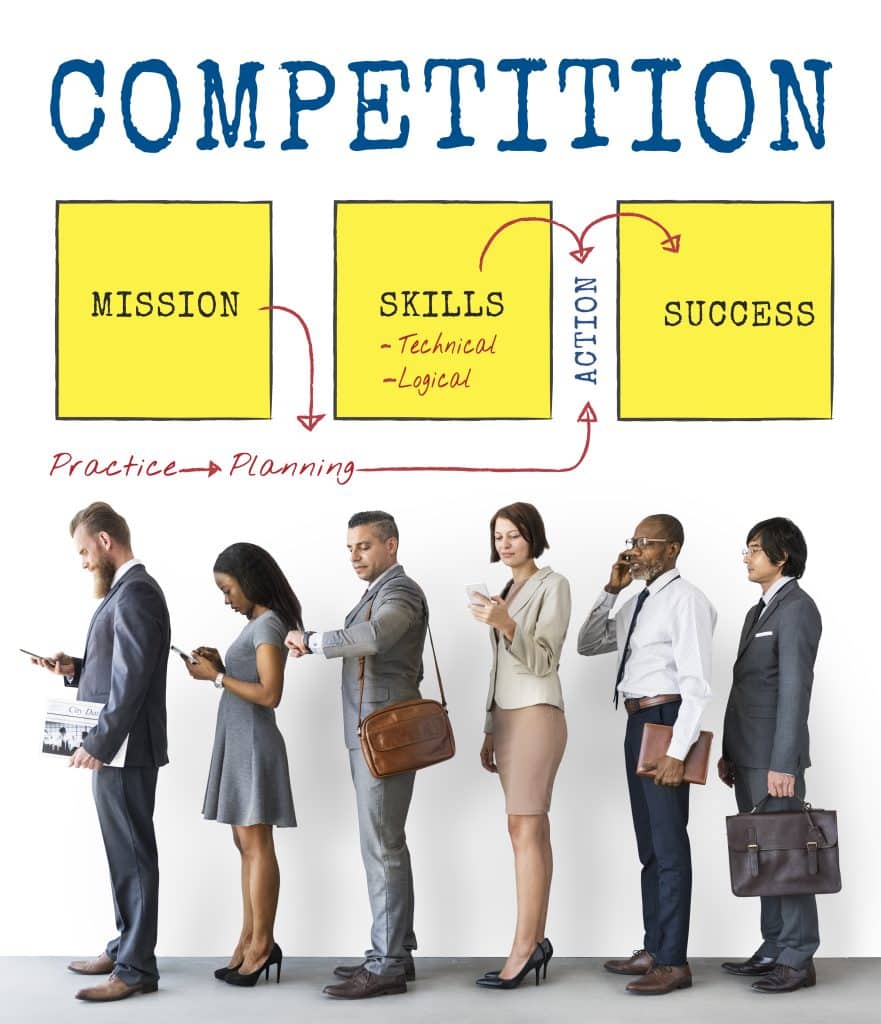In an era where industries evolve rapidly and job roles shift every few years, adaptability has become one of the most critical skills. But what fuels adaptability? The answer may surprise you: curiosity. More than a personality trait, curiosity in career growth is proving to be a vital driver of long-term success, professional fulfillment, and innovation.
As companies seek more agile, creative thinkers and individuals navigate increasingly non-linear career paths, understanding the role of it in career growth is more relevant than ever.

Why Curiosity Matters in the Modern Workplace
Beyond Technical Skills
Traditional career advice emphasized acquiring hard skills—coding, data analysis, certifications. While these are still important, employers now prioritize soft skills, especially curiosity. According to a 2023 LinkedIn Global Talent Trends report, it was among the top attributes employers valued in candidates across all industries.
Why? Because it fuels initiative, experimentation, and lifelong learning—all essential for navigating complex, evolving work environments.
The Neuroscience of Curiosity and Learning
Research from the University of California, Davis found that curiosity activates the brain’s reward system, boosting dopamine levels and increasing activity in the hippocampus, the area linked to memory formation. In other words, curious professionals don’t just ask better questions—they retain information better and learn faster (Gruber et al., 2014).
The Practical Benefits of Curiosity in Career Growth
1. Drives Lifelong Learning
In fast-changing fields like technology, marketing, or healthcare, staying relevant requires constant upskilling. Curiosity naturally leads individuals to seek new information, ask questions, and explore ideas beyond their current job scope.
Real-world example: Tech professionals who regularly explore new frameworks or attend meetups often discover new career opportunities earlier than their peers.
2. Encourages Innovation and Problem-Solving
Curious minds are less satisfied with the status quo. They’re more likely to challenge outdated systems, propose improvements, and look for creative solutions. This is why many innovation-driven companies, like Google and IDEO, structure their workflows around curiosity—through 20% time, exploratory sprints, and design thinking workshops.
3. Enhances Resilience and Adaptability
When you’re curious, change becomes an opportunity rather than a threat. Curious employees are more open to new roles, industries, or technologies. This mindset is critical in uncertain job markets or industries facing digital transformation.
4. Builds Meaningful Relationships
Asking thoughtful questions and showing genuine interest in others fosters stronger professional relationships. Curious professionals become better collaborators, mentors, and networkers—often unlocking hidden opportunities through conversation alone.
How to Cultivate Curiosity for Career Development
1. Ask Better Questions
Instead of only seeking answers, practice asking “why,” “what if,” or “how might we” questions in meetings, reviews, or networking events. This habit reveals blind spots and sparks new ideas.
2. Embrace “Beginner’s Mind”
Approach tasks—even familiar ones—as if seeing them for the first time. This Zen concept helps professionals stay open to learning, rather than relying on assumptions.
3. Schedule Time for Exploration
Reserve 30 minutes a week to explore something unrelated to your current role—an article, course, podcast, or talk. Apps like Blinkist or newsletters like TLDR are great for bite-sized knowledge exposure.
4. Join Interdisciplinary Communities
Curiosity thrives at the intersection of fields. Join Slack groups, forums, or local meetups that bring together professionals from various backgrounds. These networks often challenge echo chambers and introduce novel insights.
Curiosity in Career Growth: A Manager’s Perspective
Leaders who nurture curiosity in their teams often see higher engagement and innovation. Here’s how managers can embed curiosity into team culture:
- Encourage safe failure: Normalize experimentation without punishment.
- Reward questions, not just answers: Create space for exploration during team meetings.
- Model curiosity: Share your learning journey openly, from books read to challenges faced.
- Promote job shadowing or lateral projects: These expose team members to new ideas and disciplines.
Companies like Atlassian and Adobe run internal programs encouraging employees to pursue curiosity-led passion projects—driving both retention and innovation.
Debunking Curiosity Myths
“Curiosity is a fixed trait.”
False. While some people are naturally more inquisitive, curiosity can be trained and expanded through deliberate habits, much like creativity or empathy.
“It’s a distraction from real work.”
On the contrary, it sharpens focus by tying learning to personal interest and internal motivation. Curious employees often work harder on problems because they care about the outcome.
“Only extroverts are curious.”
Introverts often exhibit deep curiosity—they may not voice it in meetings, but they explore thoroughly, research intensely, and ask profound questions in one-on-one settings.
Careers Where Curiosity Is Fueling Career Growth
While curiosity benefits every field, it plays an outsized role in:
- Tech & Software: Staying ahead of trends and solving abstract problems.
- Product Management: Understanding user behavior and coordinating diverse teams.
- Journalism & Content Strategy: Constant investigation, analysis, and storytelling.
- Healthcare & Research: Innovation in patient care, diagnostics, and medical tech.
- Entrepreneurship: Testing ideas, pivoting, and solving for unmet needs.
Final Thoughts
Curiosity in career growth isn’t about knowing everything—it’s about wanting to know more. It turns routine jobs into opportunities for learning, transforms setbacks into lessons, and fuels the agility required in today’s professional world.
Whether you’re switching fields, managing a team, or launching a startup, curiosity can guide your growth in directions you never planned—but might be exactly what you need.
References
- Gruber, M. et al. (2014). “States of Curiosity Modulate Hippocampus-Dependent Learning via the Dopaminergic Circuit.” Neuron. https://pubmed.ncbi.nlm.nih.gov/25284006/
- Harvard Business Review (2021). “Why Curiosity Matters.” https://static1.squarespace.com/static/603bf1e6543f684c561a9ec0/t/622774f20eb20e21d9fa38da/1646753011353/Why+Curiosity+Matters+HBR+R1805B-PDF-ENG.PDF
- Computers in Human Behavior (2022). “Digital Disorganization and Stress.” https://www.sciencedirect.com/journal/computers-in-human-behavior









